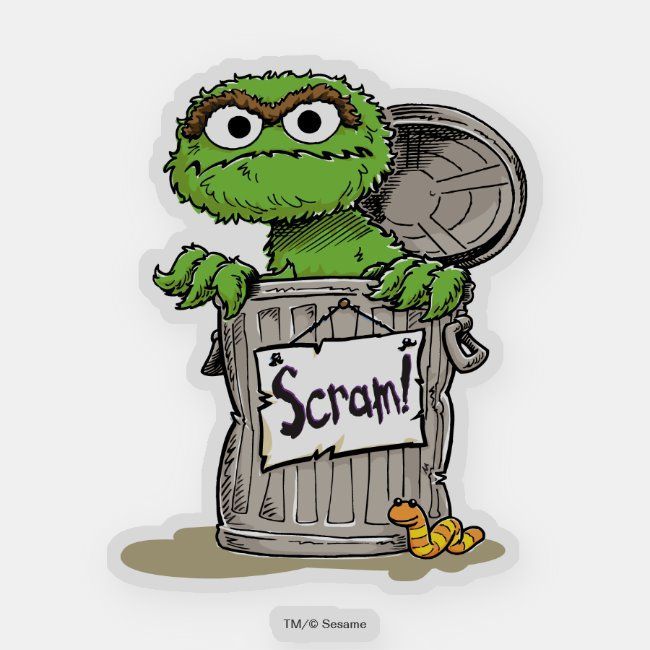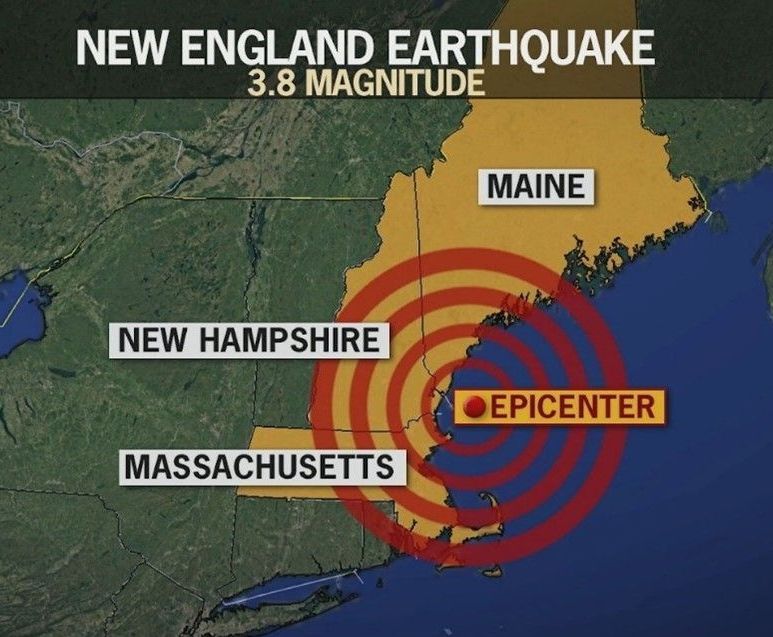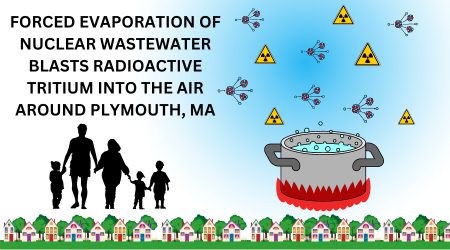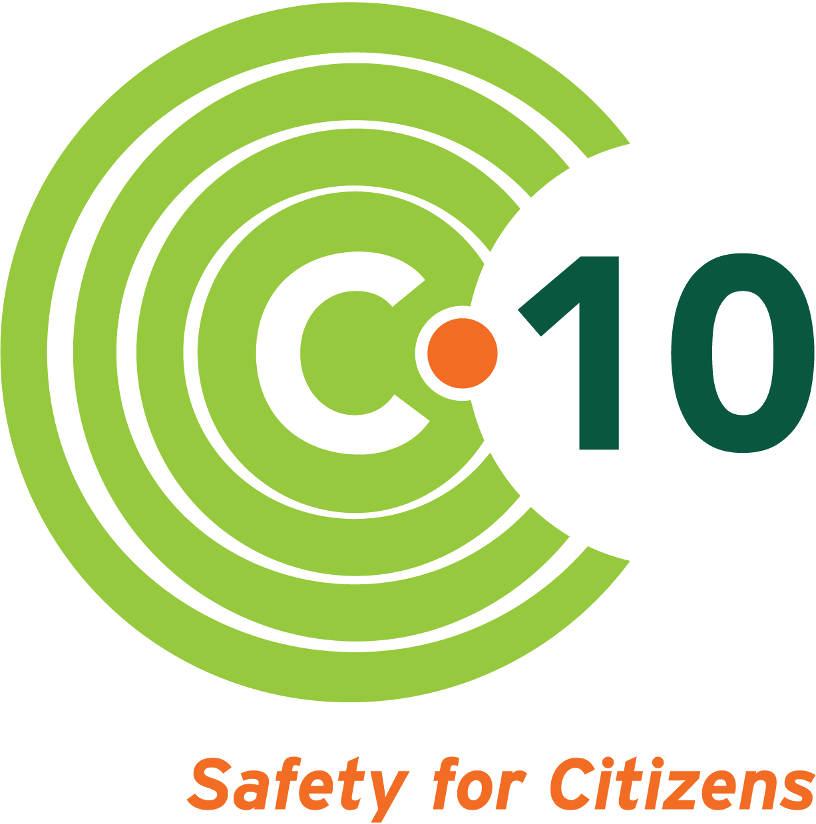Faulty equipment causes pair of scrams at Seabrook
- By Natalie Treat
- •
- 18 Jun, 2020
How do nuclear control rods "unexpectedly insert?"

It happened not once, but twice in two weeks. The nuclear fission reaction at Seabrook Station came to a screeching halt when a group of control rods "unexpectedly inserted," causing the reactor to trip.
The event is called a scram. That's industry-speak for when a nuclear reaction is suddenly shut down. In these two instances, which happened on May 29 and June 6, the shutdown was due to a mechanical failure, and the public was not at risk. But numerous days of unplanned outages takes a financial toll on plant owner NextEra Energy, and they are no doubt working to get to the bottom of it.
US Nuclear Regulatory Commission (NRC) Senior Resident Inspector Paul Cataldo told C-10 he can't speculate on the cause of the control rod insertions. He assured us that he and his colleague Travis Daun are inspecting NextEra's evaluations, and that more details will be available in the next NRC quarterly inspection report, due out by Mid-August.
But just the fact that serious things are malfunctioning at a nuclear plant -- even if the only harm was to NextEra Energy's bottom line -- is disconcerting in itself. Folks in the know have assured us that these scrams are unrelated to the recent refueling that Seabrook underwent in April, or the fact that certain maintenance and inspections were deferred due to COVID-19.
"Seabrook had zero unplanned reactor shutdowns the past eight quarters," noted Dave Lochbaum, an independent nuclear expert and member of C-10's Advisory Board. Lochbaum said that something like this happens at a US nuclear reactor about every one to two years. But when it happens, it's typically one rod, and not the entire eight-rod assembly. Hmmm.
"Too many economic hits can undermine safety," said Lochbaum. "Fortunately, the NRC has a safety yardstick designed to intervene before erosion goes too far. It's a quarterly performance indicator tracking the number of unplanned reactor shutdowns." (Take a look at Seabrook's current performance indicator.)
According to C-10 Board Member Chris Nord, shutdowns can be a risky time, when accidents or unplanned radiological releases may be more likely to occur.
One thing I wondered: If the the control rod assemblies can malfunction, is there anything that can go wrong with the fuel rods themselves?
Cataldo answered it this way: "The fuel rods are contained within the fuel assemblies, which are all currently restrained in place within the reactor vessel in their original configuration, since the refueling outage this past April. More importantly, the fuel rods do not have any movable features and remain fixed for the 18-month operating cycle, and would not suffer from any likely events that have occurred with the control rods."
If you really want to geek out and learn about what happened in these scram events, take a look at Lochbaum's pictorial explanation. Or you can read news coverage here.
We know, it makes us grouchy too when things go wrong with our nuclear neighbor. But there are a lot of people working to ensure that the plant operates as safely as possible. Including your friends at C-10.
We couldn't do it without you. Please become a member if you want to support C-10's work, and thanks!
The event is called a scram. That's industry-speak for when a nuclear reaction is suddenly shut down. In these two instances, which happened on May 29 and June 6, the shutdown was due to a mechanical failure, and the public was not at risk. But numerous days of unplanned outages takes a financial toll on plant owner NextEra Energy, and they are no doubt working to get to the bottom of it.
US Nuclear Regulatory Commission (NRC) Senior Resident Inspector Paul Cataldo told C-10 he can't speculate on the cause of the control rod insertions. He assured us that he and his colleague Travis Daun are inspecting NextEra's evaluations, and that more details will be available in the next NRC quarterly inspection report, due out by Mid-August.
But just the fact that serious things are malfunctioning at a nuclear plant -- even if the only harm was to NextEra Energy's bottom line -- is disconcerting in itself. Folks in the know have assured us that these scrams are unrelated to the recent refueling that Seabrook underwent in April, or the fact that certain maintenance and inspections were deferred due to COVID-19.
"Seabrook had zero unplanned reactor shutdowns the past eight quarters," noted Dave Lochbaum, an independent nuclear expert and member of C-10's Advisory Board. Lochbaum said that something like this happens at a US nuclear reactor about every one to two years. But when it happens, it's typically one rod, and not the entire eight-rod assembly. Hmmm.
"Too many economic hits can undermine safety," said Lochbaum. "Fortunately, the NRC has a safety yardstick designed to intervene before erosion goes too far. It's a quarterly performance indicator tracking the number of unplanned reactor shutdowns." (Take a look at Seabrook's current performance indicator.)
According to C-10 Board Member Chris Nord, shutdowns can be a risky time, when accidents or unplanned radiological releases may be more likely to occur.
One thing I wondered: If the the control rod assemblies can malfunction, is there anything that can go wrong with the fuel rods themselves?
Cataldo answered it this way: "The fuel rods are contained within the fuel assemblies, which are all currently restrained in place within the reactor vessel in their original configuration, since the refueling outage this past April. More importantly, the fuel rods do not have any movable features and remain fixed for the 18-month operating cycle, and would not suffer from any likely events that have occurred with the control rods."
If you really want to geek out and learn about what happened in these scram events, take a look at Lochbaum's pictorial explanation. Or you can read news coverage here.
We know, it makes us grouchy too when things go wrong with our nuclear neighbor. But there are a lot of people working to ensure that the plant operates as safely as possible. Including your friends at C-10.
We couldn't do it without you. Please become a member if you want to support C-10's work, and thanks!
Follow us



